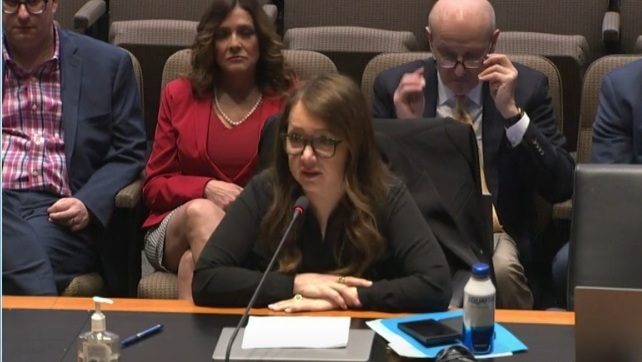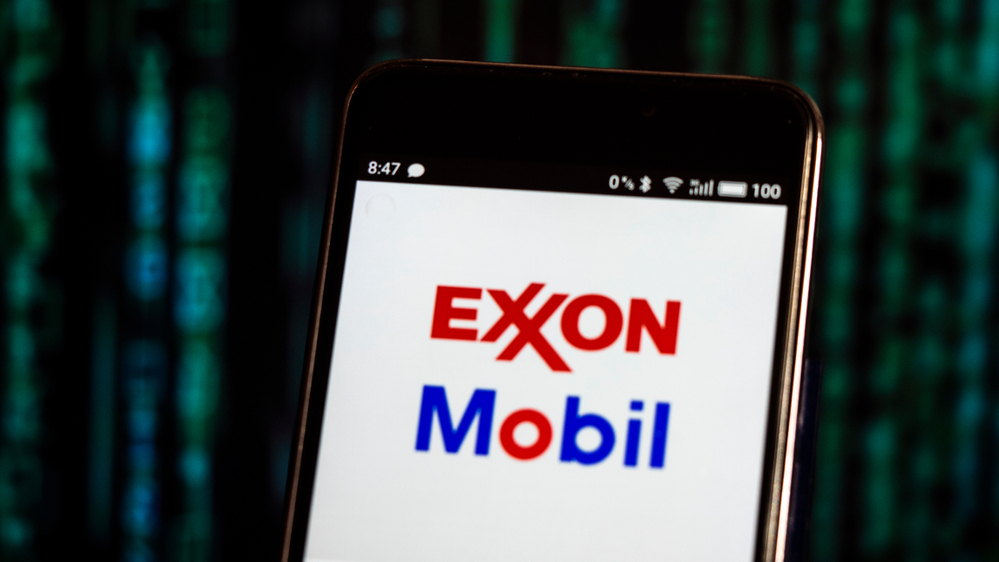
Climate Action 100+ shows mixed results in progress report
The engagement drive saw overall improvement, but many high emitters remain largely unmoved.
A progress report from Climate Action 100+ (CA100+) has shown that 75% of companies assessed have now committed to net zero, though several key targets of the initiative have shown limited change.
The number of focus companies with net-zero commitments has shown a significant rise, up from 50% in March 2021. In addition, 91% of focus companies have aligned with Task Force on Climate-Related Financial Disclosures (TCFD) recommendations, up from 72% in March 2021.
CA100+ is an engagement initiative focused on the world’s largest carbon-emitting firms. It is managed by five investor networks, including the UN Principles for Responsible Investment (PRI), and is made up of 700 global investors that are responsible for more than $68trn in assets under management across 33 markets.
Companies that are the focus of the initiative include oil and gas giants Chevron and ExxonMobil.
The initiative has set ten targets for firms to show they are on a meaningful pathway to significant emissions reduction. As of February 2023, Chevron had fully met criteria on onlytwo of these (decarbonisation strategy and TCFD reporting), as had ExxonMobil (board oversight of climate change and TCFD).
A further example in which the CA100+ have made little to no impact on company emissions is oil and gas giant Saudi Aramco. Despite being added to the CA100+ target list in November 2020, the firm has failed to obtain a single one of the targets set by the organisation, and still does not have short-, medium- or long-term targets to reduce its emissions.
In 2022, the initiative flagged 37 climate shareholder resolutions of interest in total, comprising 11 shareholder and 26 management proposals. Notably, four flagged shareholder proposals received a majority of the votes cast in support.
These flagged votes included 70% shareholder support for greenhouse gas targets across the entire value chain at Costco, and 95% shareholder support for a comprehensive sustainable packaging policy at US fast food chain Jack in the Box. Both resolutions were filed by Green Century.
Andrew Gray, director of ESG and stewardship at AustralianSuper and current chair of the steering committee for CA100+, said: “[CA100+] has played a significant role in accelerating the net-zero journey of focus companies but recognises that they all need to go further and faster to support efforts to limit global temperature rise to 1.5°C.
“The lack of credible short- and medium-term decarbonisation strategies across the majority of focus companies needs to be tackled. So, too, does the clear lack of capital allocation commitments towards climate-change mitigation.”
The CA100+ progress report also found that 92% of focus companies have some level of board oversight of material climate-related issues, up from 87% in March 2021.
The lack of credible short- and medium-term decarbonisation strategies across the majority of focus companies needs to be tackled.
Next stage for CA100+
CA100+ is currently developing the strategy for its second phase, due to be rolled out in June this year. The focus will be on ensuring effective engagement, leading up to 2030. However, a consultation in the summer of 2022 on the proposed Phase 2 strategy only received responses from 24% of CA100+ signatories.
In March 2023, CA100+ will also be releasing the second version of its climate benchmark. The benchmark in its current form seeks to judge how target companies are faring against the “three asks” of CA100+: improving board-level oversight of material climate-related issues;making absolute emission reductions in the real economy; and mandating corporate climate-related disclosures.
The updated version will look to make revisions on disclosure framework indicators on decarbonisation strategy, CapEx alignment, climate policy engagement and the just transition.
At the UN PRI conference hosted in December 2022, Ben Pincombe, head of stewardship, climate change, at the UN PRI, noted that “almost no company” targeted by the CA100+ appeared to be integrating climate risk into financial statements and accounting practices.



